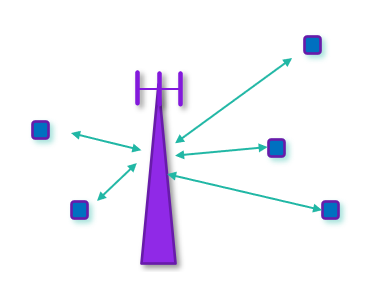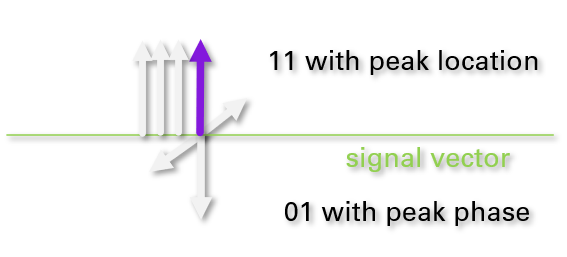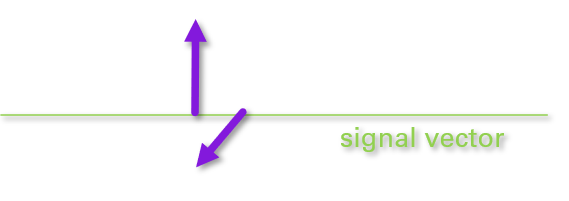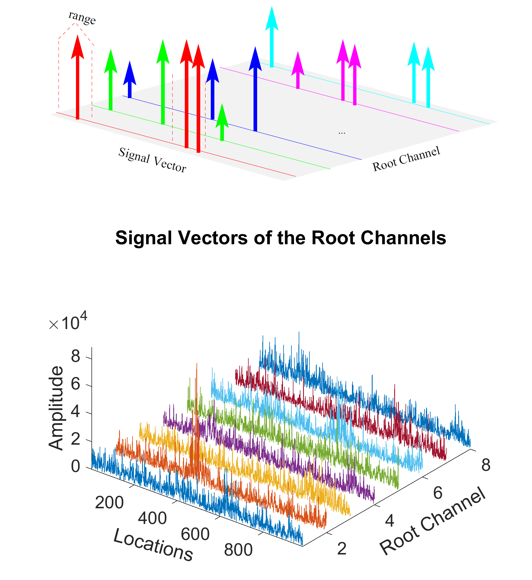ZCNET Physical layer is the heart of the ZCNET which allows extremely simple upper layer design, because the ZCNET AP is able to decode simultaneous transmissions of tens of nodes in the Physical layer. The data is modulated by changing the index and phase of the Zadoff-Chu (ZC) sequences. The data rate can be adjusted by changing the number of Zadoff-Chu (ZC) sequences.

ZCNET
* Designed for Low Power Wide Area Networks (LPWAN) where many nodes connect to the AP at long distance
* High network capacity and very low node complexity
* Tested with over-the-air transmissions on the Powder platform

Modulating Peaks
* Transmits the Zadoff-Chu (ZC) sequences on OFDM subcarriers
* A ZC sequence will generated a peak in the signal vector
* A node may transmit one of 4 peaks, modulating 2 bits
* The transmitted peak may be of one of 4 phases, modulating another 2 bits

Higher Data Rates with More Peaks
* More data can be transmitted with more peaks
* 1,2,4,6,12 peaks for 5 Modulation and Coding Schemes (MCS)

High Capacity with 8 Root Channels
* Each node occupies a small range (maximum 48), a signal vector (length 983) can host many nodes
* A total of 8 signal vectors in 8 root channels, generated by different roots of the ZC sequences
* Achieves high capacity

MAC layer
* ALOHA: A node randomly picks a root channel, then randomly picks its range

Low Node Complexity
* The encoding of Forward Error Correction code is simple
* The baseband waveform modulation is simply to add a small number of precomputed peak waveforms
* The MAC is ALOHA